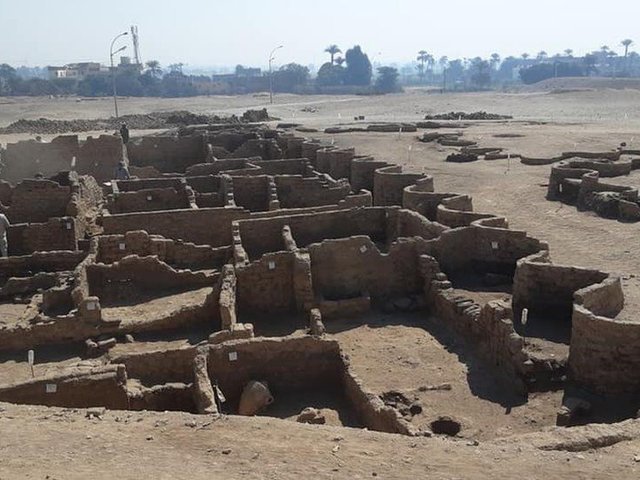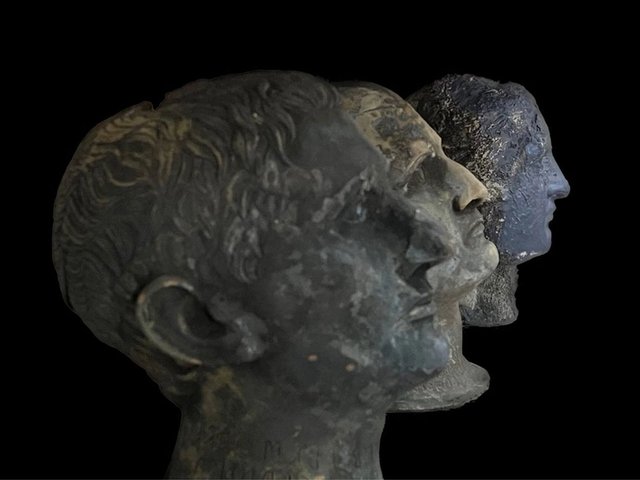Archaeologists in China recently discovered ruins on the border of the Gansu province and the Ningxia Hui Autonomous Region in the far north that they say is a stretch of the Great Wall. For years, experts believed the wall passed through this area, but this is the first physical evidence to back up that theory.
The ruins consist of nine sections that cover more than six miles in length. Unlike the well-kept parts of the wall that are popular with tourists, known as the Badaling section and located just outside of Beijing, these ruins were made with local stone and soil and have been weathered down over the centuries to as low as three feet.
The former curator of the Museum of Ningxia Hui Autonomous Region, Zhou Xinghua, who led the expedition that found the site, believes it dates back to the Qin dynasty (BC 221 to BC 206). Zhou says this section of the wall was probably built to prevent foreign invaders from crossing the Yellow River when it was frozen over.
Zhou told Xinhua news agency that the discovery should “give historians fresh insight into where the wall was [first] built”.




